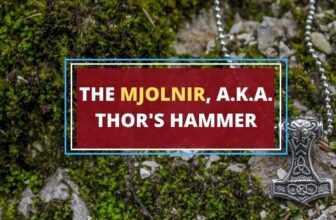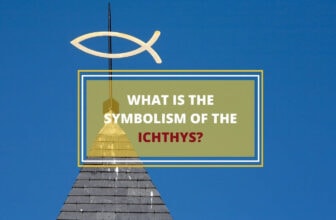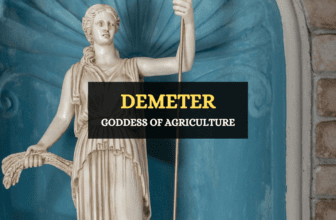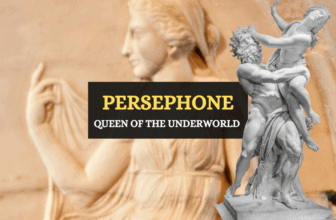
Table of Contents
Brigid is an Irish goddess of spring, renewal, fertility, poetry, battle, and crafts. She’s often visualized with rays of light shooting from her head. Brigid means “exalted one”. She’s one of the most revered of all Irish deities, and the rituals surrounding the goddess still continue to be upheld even today.
Goddess Brigid is very often associated with the Roman Minerva and British Brigantia. Some Irish folk believe that Brigid assumes the form of a triple deity. Let’s take a closer look at the origins of Goddess Brigid, her transformation into Saint Brigid, and the various cultural symbols associated with her.
Origins of Brigid
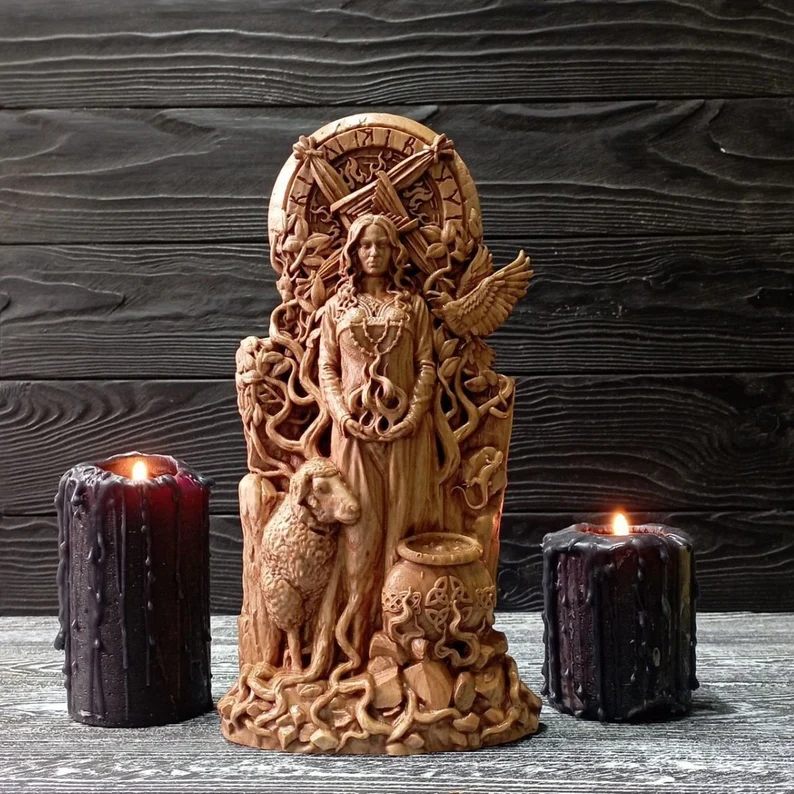
In Irish mythology, goddess Brigid is the daughter of the Dagda. Dagda was the chief god of the Tuatha Dé Danannm, a supernatural tribe in Ireland.
Brigid was married to Bres, with whom she had a son named Ruadán. Tragically, Ruadán lost his life not in his youth, but as an adult during the fierce Second Battle of Mag Tuired. The demise of her son caused Brigid immense grief. Her mourning took the form of keening, a sorrowful wailing which, according to legend, was first performed by Brigid. This poignant tradition signified a mother’s deep loss, made more profound in Brigid’s case due to the fact that it occurred away from the battlefield.
Most Irish myths narrate the above story with regard to Brigid’s origins, but there are variations in her marital life and parenthood. According other accounts, Brigid was the wife of Tuireann, and mother to three warrior sons, who defeated and killed the almighty Cian.
There may be several versions of Brigid’s later life, but her birth into a supernatural tribe is hardly disputed.
Difference Between Goddess Brigid and Saint Brigid
People often confuse goddess Brigid for Saint Brigid. While both are often used interchangeably, goddess Brigid and Saint Brigid occupy different places in history.
Brigid was initially a pagan goddess who was worshipped in the regions of Ireland, Scotland and Western Europe. The pagan Goddess Brigid was reimagined as a saint when Christianity emerged and took root in the Celtic regions.
According to Christian beliefs, Brigid was born into a pagan family, and converted to Christianity with the help of Saint Patrick. When the goddess transitioned into Saint Brigid, she performed many miracles and healed the sick.
In Gaelic, Saint Brigid is referred to as Muime Chriosd, which means foster mother of Jesus Christ. This title bestowed upon Brigid is a carryover from ancient pagan traditions, wherein foster mothers were given greater significance than birth mothers.
St Brigid’s Cross
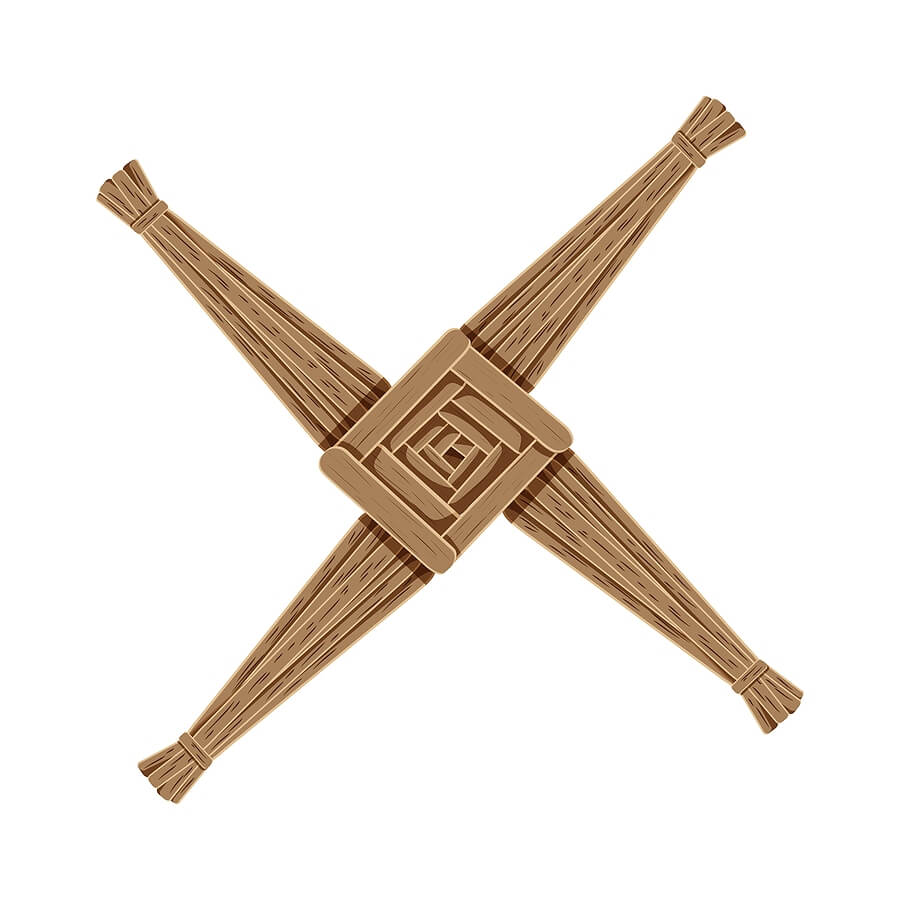
St Brigid’s cross was woven in pagan Ireland as a symbol of goddess Brigid. It represented protection from fire and evil and was typically hung above the front door. Another theory behind St Brigid’s Cross is that it came from the pagan sun wheel, signifying fertility and abundance as the sun is known for giving light and life.
In any case, while the symbol may have originated in a pagan context, it was later adopted by Christians as one of St. Brigid’s symbols and is seen as an Irish Christian symbol today.
Symbolic Significance of Goddess Brigid
Brigid is predominantly associated with the various natural elements of earth and is known to be a deity of nature.
- Symbol of spring: In Irish mythology, Brigid is primarily the goddess of spring. A pagan festival called Imbolc is celebrated in her honor, to mark the beginning of the season. A similar festival happens on February 1 as a tribute to Saint Brigid.
- Symbol of healing, protection, and fertility: Goddess Brigid is a protector of women, children, homes, and domestic cattle. She prevents disasters from ruining fields, homes, and animals. During the Imbloc festival, a sun symbol is often used as an emblem of Brigid’s protective and healing powers. Carrying forth these ancient traditions, Christian beliefs symbolize Saint Brigid with a cross, as a mark of good luck and protection.
- Symbol of creativity: Goddess Brigid is a muse for poets, singers, and artists. She plays a harp to instigate the creative spirit and hones an individual’s imaginative designs with her powerful anvil.
- Symbol of fire and water: Brigid is both a goddess of fire and water. She is associated with the sun, and an everlasting fire is kindled for her by holy priestesses. Brigid is also linked with water, and several wells across Ireland have been dug up as a tribute to her.
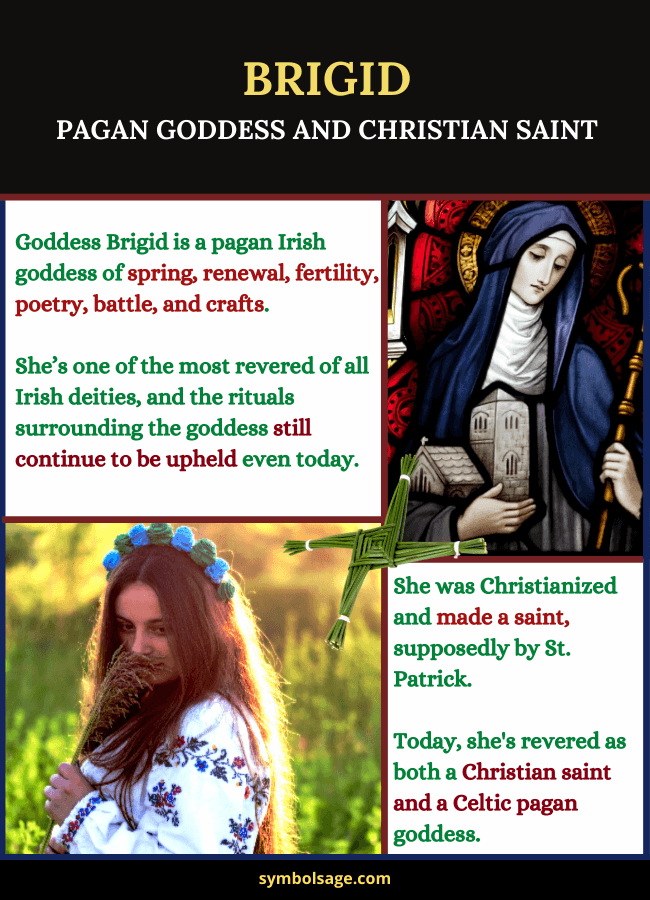
Symbols Associated with Goddess Brigid
There are many aspects of the natural world, that are seen as symbols of goddess Brigid. These symbols are immensely significant because they reflect Brigid’s presence, and her blessing of planet earth. Some of the most prominent symbols pertaining to goddess Brigid will be explored below.
- Serpent: The serpent is one of the most popular symbols of goddess Brigid. The serpent symbolizes renewal, regeneration, and the beginning of spring. For the Celtic people, serpents also represent the divine power and authority of goddess Brigid.
- Birds: The Raven and Falcon are associated with goddess Brigid and the Imbolc festival. The birds represent an end of winter and the coming of spring. The Raven builds its nest during the Imbolc festival and signifies new life and fertility.
- Flowers: Goddess Brigid is often symbolized by flowers and herbs. The snowdrop, rowan, heather, basil, and angelica are most commonly associated with her. During the Imbloc festival, it is a common practice to have bouquets adorned with a variety of these plants. While the flowers symbolize spring and fertility, the herbs represent Brigid’s powers of healing and renewal.
- Woods: Goddess Brigid and Saint Brigid are both associated with wands made of white birch or willow. The Druids also associated oak forests with Goddess Brigid and believed them to be sacred to her. Keeping up this tradition, the Christians built a Church in an Oak grove dedicated to Brigid.
- Milk: Brigid is often represented as the patroness of domestic animals and their milk. Milk is very important for the Celts, especially during winter, when little other food or crops are available. In many paintings and artworks, Brigid is often accompanied by a stag. Milk is also a symbol of goddess Brigid’s pure and divine nature.
Below is a list of the editor’s top picks featuring the statue of Brigid Goddess.
Goddess Brigid and the Imbloc festival
The Imbloc festival is celebrated every year at the beginning of spring to honor and pay respects to goddess Brigid. During this festival, friends and family get together to have fun and celebrate. Celtic women spend several months in advance, planning and preparing for Imbloc. Brigid’s doll and jewelry making, are two of the most enjoyed activities during the festival.
Brigid’s Doll
As an honor and tribute to the goddess of fertility and spring, Irish women make a doll known as Brigid’s Doll. The doll is adorned with small stones, shells, ribbons, and a small wand made out of birch. Brigid’s doll is created only out of organic materials, and her stomach is filled with seeds, symbolizing fertility. The doll is usually kept in a small bed near the hearth. After one whole year passes, the doll is buried under the soil, or burnt in the fire. The doll is seen as a welcome and invitation to goddess Brigid.
Jewelry Making and Embroidery
During the Imbloc festival, Celtic women, make their own jewelry as a mark of respect to the goddess. Those who are inept at forging their own silver simply make necklaces out of white and green beads – the colors of spring. Embroidery work is also done on clothes and shawls. Designs of small flames are especially popular, as they represent the power of Brigid as a solar goddess.
In Brief
Goddess Brigid has a complex history, intertwined with many traditions. But it’s for this very fact that she has survived through the centuries and become one of the most powerful Celtic goddesses. Despite her Christian make over, she remains both a powerful pagan goddess and a symbol of the Celts.







